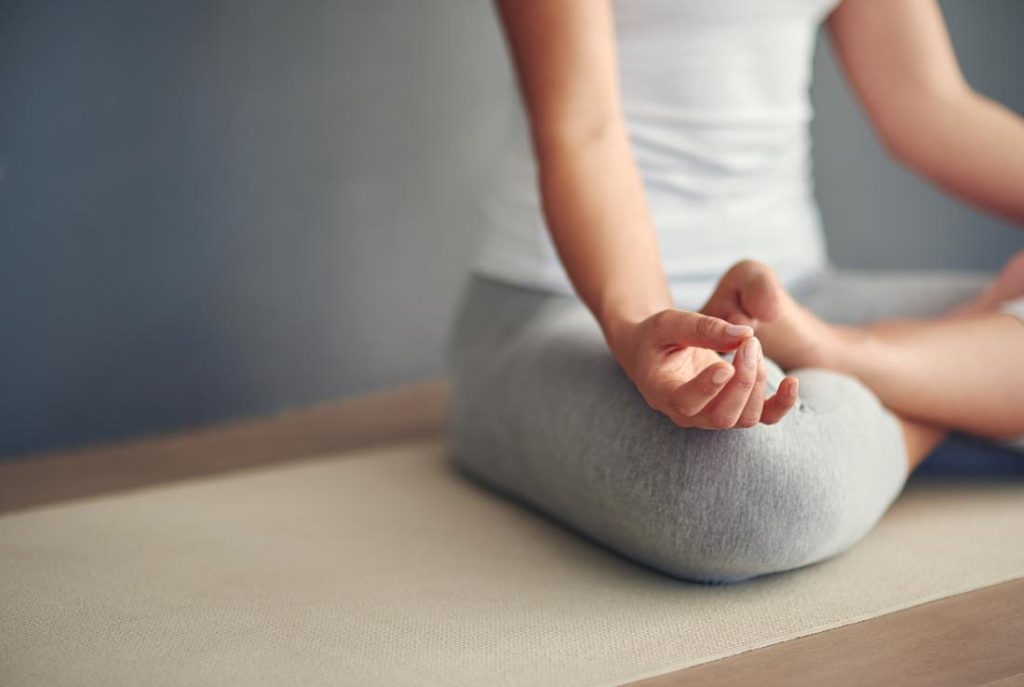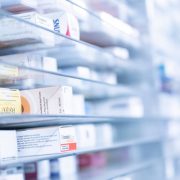Yoga for Flexibility and Relaxation

Yoga, an ancient practice rooted in Indian philosophy, has gained immense popularity worldwide for its holistic approach to health and well-being. Whether you’re a seasoned practitioner or a beginner, incorporating yoga into your daily routine can bring significant benefits, particularly in terms of flexibility and relaxation. This article explores how yoga can enhance flexibility and promote relaxation, providing you with practical tips to get started.
The Importance of Flexibility
Flexibility is crucial for overall health and mobility. It allows for a greater range of motion, reduces the risk of injury, and improves posture. As we age, our muscles and joints tend to stiffen, leading to discomfort and reduced mobility. Yoga, with its focus on stretching and lengthening muscles, is an effective way to maintain and improve flexibility.
How Yoga Enhances Flexibility
- Gentle Stretching: Yoga poses, or asanas, involve gentle stretching that gradually lengthens muscles and increases the range of motion. Regular practice helps in loosening tight muscles and improving joint flexibility.
- Consistent Practice: Unlike other forms of exercise that may focus on one part of the body, yoga provides a full-body workout. Consistency is key in yoga; practicing regularly leads to gradual improvements in flexibility over time.
- Variety of Poses: Yoga offers a wide variety of poses targeting different muscle groups. This variety ensures that all muscles are engaged and stretched, contributing to overall flexibility.
Key Yoga Poses for Flexibility
- Downward-Facing Dog (Adho Mukha Svanasana): This classic pose stretches the hamstrings, calves, and shoulders while strengthening the arms and legs.
- Standing Forward Bend (Uttanasana): This pose provides a deep stretch to the hamstrings and calves, and also helps to release tension in the spine.
- Cat-Cow Pose (Marjaryasana-Bitilasana): This gentle flow between two poses warms up the spine, improving flexibility and easing tension in the back and neck.
- Reclining Hand-to-Big-Toe Pose (Supta Padangusthasana): This pose deeply stretches the hamstrings and calves, promoting greater flexibility in the legs.

The Role of Yoga in Relaxation
In addition to physical benefits, yoga is renowned for its ability to promote mental and emotional relaxation. The practice combines physical postures, breathing exercises, and meditation, all of which contribute to a state of calm and relaxation.
- Breathing Techniques (Pranayama): Controlled breathing exercises help to calm the nervous system, reducing stress and promoting relaxation. Techniques such as deep belly breathing and alternate nostril breathing are particularly effective.
- Mindfulness and Meditation: Yoga encourages mindfulness, the practice of being present in the moment. Meditation, a core component of yoga, helps to quiet the mind, reduce anxiety, and foster a sense of inner peace.
- Restorative Poses: Certain yoga poses, known as restorative poses, are specifically designed to relax the body and mind. These poses are typically held for longer periods, allowing for deep relaxation.
Key Yoga Poses for Relaxation
- Child’s Pose (Balasana): This gentle resting pose calms the mind and relieves tension in the body. It’s an excellent pose to return to during practice whenever you need a break.
- Legs-Up-the-Wall Pose (Viparita Karani): This restorative pose helps to reduce stress and fatigue by improving circulation and calming the nervous system.
- Corpse Pose (Savasana): Often practiced at the end of a yoga session, Savasana allows for complete relaxation of the body and mind, integrating the benefits of the practice.
- Supported Bridge Pose (Setu Bandhasana): This pose opens the chest and shoulders while gently stretching the back, promoting relaxation and reducing anxiety.
Getting Started with Yoga
If you’re new to yoga, it’s important to start slowly and listen to your body. Here are some tips to help you get started:
- Find a Class or Instructor: Consider joining a yoga class or finding a certified instructor who can guide you through the poses and ensure you’re practicing safely.
- Use Props: Yoga props such as blocks, straps, and bolsters can help you achieve proper alignment and make poses more accessible.
- Practice Regularly: Consistency is key to experiencing the benefits of yoga. Aim to practice several times a week, even if it’s just for a few minutes each day.
- Create a Calm Space: Designate a quiet, comfortable space for your yoga practice. This can help you focus and relax more easily.
Conclusion
Yoga is a powerful tool for enhancing flexibility and promoting relaxation. By incorporating yoga into your daily routine, you can experience improved physical health, reduced stress, and a greater sense of well-being. Remember to practice regularly, listen to your body, and enjoy the journey towards greater flexibility and relaxation.


